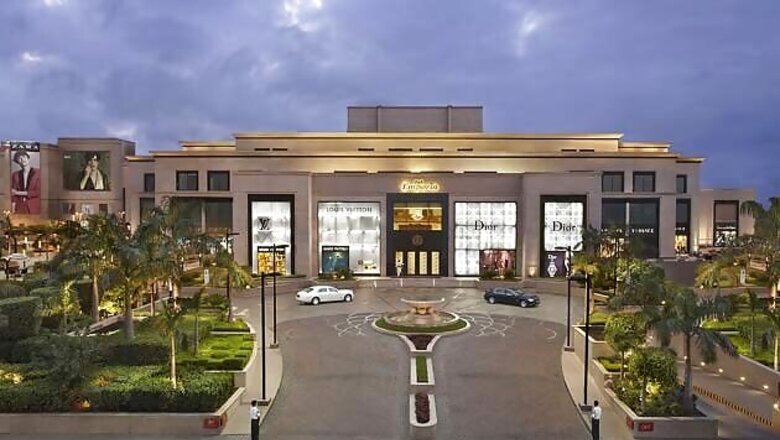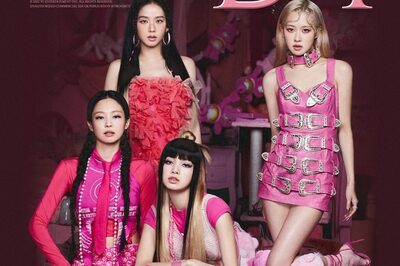
views
New Delhi: Luxury seems to have found a new address in India with emerging cities and small towns contributing to nearly half of country's Ultra HNH segment. In other words, Luxury brands are finding new patrons from small towns who have both money as well as taste. This is an evident change since non-metro regions today account to nearly 45 per cent of lucrative growth opportunities for the luxury segment players in India.
Luxury consumption is not restricted to metro cities any more. Region specific morphed sale figures and increasing demand of consumers clearly states the mounting taste in luxury domain. International Luxury brands are on their toes to cater to this new segment of customers who belong to tier 2 and tier 3 cities and contribute to 70 per cent of luxury consumption sales.
According to a recent Kotak report, 55 per cent of the total revenue is generated from major metro cities like Mumbai, Delhi, Chennai and Kolkata. The other top locations which contribute to the rising sales figures include Bengaluru, Ahmedabad, Pune, Nagpur, Hyderabad and Ludhiana which accounts of 16 per cent of sales. While 7 per cent of the revenue is generated by tier 2 cities such as Surat, Jaipur, Lucknow, Kanpur, Indore, Vadodra and many such cities as well. Remaining region generates approximately 22 per cent of the total luxury segment sales.
Witnessing the current scenario, Indianisation and Localisation are increasingly becoming differentiators of success with new customers in new markets. Luxury brands no longer deal with just the elite and well travelled urban customer. New segments today comprise of potential targets for luxury brands. Brands are responding by introducing local, Indian elements to their products- Canali Bandhgala, Hermes Sari, Moet's Indian version of wine and various other products are being introduced to grab the attention of new luxury class of customers.
Lifestyle brands are signing up with Indian designers and are hiring relationship managers who speak local languages and tweak offerings for Indian festivities and occasions. They are increasingly targeting the big fat Indian weddings with customized preparation of products in order to cater to the customer needs. Indian HNI customers are highly fragmented and divergent in their mindsets- from the traditionally wealthy, who are habitual spenders to entrepreneurs/SME 's who are new entrants to luxury. This not only necessitates expansion in the product offerings of brands but also calls for a more "inclusive" customer service.
With the evolvement of the local market, several luxury brands have "Indianised" their pitch to suit the shoppers. This includes focusing on educating shoppers who are new to luxury and speaking in local dialects to make customers feel more comfortable and connected. The Luxury players are likely to remain convinced about India's demand story, as growth in large markets continue to saturate.
With the growth of luxury consumption, brands are bound to increase their experiential initiatives to India. Customisation of brands to match the taste of the customer will be the next big trend that can be foreseen. It is a matter of time, when many a Fifth Avenue will be seen across the country, for India demands more. It is fair to say, luxury is here to stay.



















Comments
0 comment